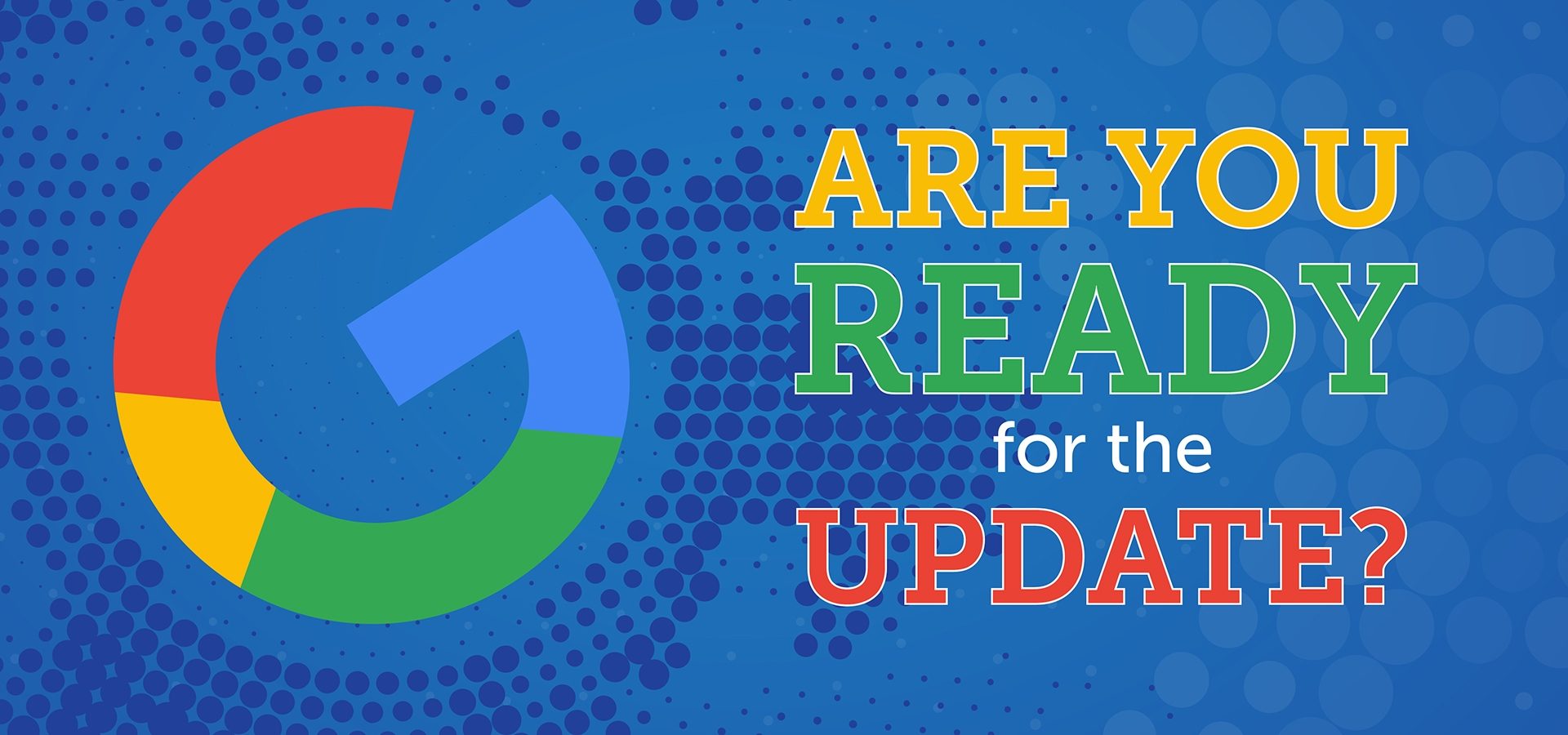Understand how Page Experience is measured
There are six key factors for measuring Page Experience, and these are:
1. Largest Contentful Paint(LCP): LCP refers to the amount of time it takes for the main visual elements of your site to appear, and 2.5 seconds is deemed as optimum for this by Google.
2. Cumulative Layout Shift (CLS): CLS measures how the page jumps around as it loads, and optimum time for this is 0.1 CLS. Layout shifts tend to be due to ads as they load and disrupt the layout of the page.
3. First Input Delay (FID): This is a measure of how long it takes for a page to become interactive for users, or the amount of time it takes before users can make an action on the site, and it should be less than 100 milliseconds.
It’s worth noting that LCP, CLS and FID are all grouped together to form Core Web Vitals, a key ranking factor resulting from the June 2021 update. Core Web Vitals data can be accessed via Google Search Console but understanding the importance of optimising your site performance with this criterion in mind is essential. As Core Web Vitals relate to page load and display, they’re covering areas on how your customer interacts with your site – and from this interaction, the goal is conversion. Average site conversion rate drops by around 4.42% with each additional second of load time (between seconds 0-5), so the less optimised your site is for these values, the less likely conversions become.
4. HTTPS Security: By ensuring sitewide distribution of HTTPS, you’re guaranteeing security for users onsite, and also benefiting from it being favoured by SERPs.
5. Intrusive interstitials: users are pushed away from sites they may have converted on by annoying, inconvenient ad pop ups, and Google has prioritised this as a ranking factor in the past.
6. Mobile friendliness: While the new update is charged up for desktop, mobile optimisation was a core element of the first Page Experience update.
So, how do you prepare for the February update? (or any future refreshes!)
Measure key metrics
Measuring your onsite metrics is essential for optimising page experience, and even though there are no clear cut tools for providing an experience score, there are elements of the above that can be monitored using different platforms. Google Search Console has a built in tool for insights on core web vitals, and there’s also an overview report for Page Experience, so be sure to familiarise yourself with these.
Maintain best practice
While this may be a no-brainer, every Google update serves as a reminder that in order to get the most from your SEO efforts, you have to adhere to best practice. In fact, even best practice approaches look set to be put to the test, as the industry explores a more ‘natural’ approach to content creation. Rand Fishkin has discussed the topic of inferred links in recent months, suggesting that as Google becomes even more user experience-focused, links may become less influential in site rankings. As we advance, it’s advisable to stay up to date with industry developments, and writing for users rather than SERPs may well become a go-to practice for marketers.
Emphasise the E-A-T principle
Expertise, authoritativeness and trustworthiness (known as E-A-T) are a set of guidelines openly promoted by Google experts, intended to help developers and SEOs to leverage ranking — though its worth noting that E-A-T isn’t a direct ranking factor. The principles refer to the quality of site content where the searchers are looking for credibility, and trusted pages are likely to rank higher than spammy, unauthoritative sites. When it comes to boosting E-A-T, tactics such as internal and external link structure, going back to old content (i.e blog posts) and updating them, and targeting more customers for reviews can all help to build E-A-T values into your site content.
Implementation should end in March 2022, and rankings look set to remain stable as the update rolls out. Nonetheless, it’s still worth reviewing your site quality, keeping user experience at the forefront of your strategy all through 2022.

